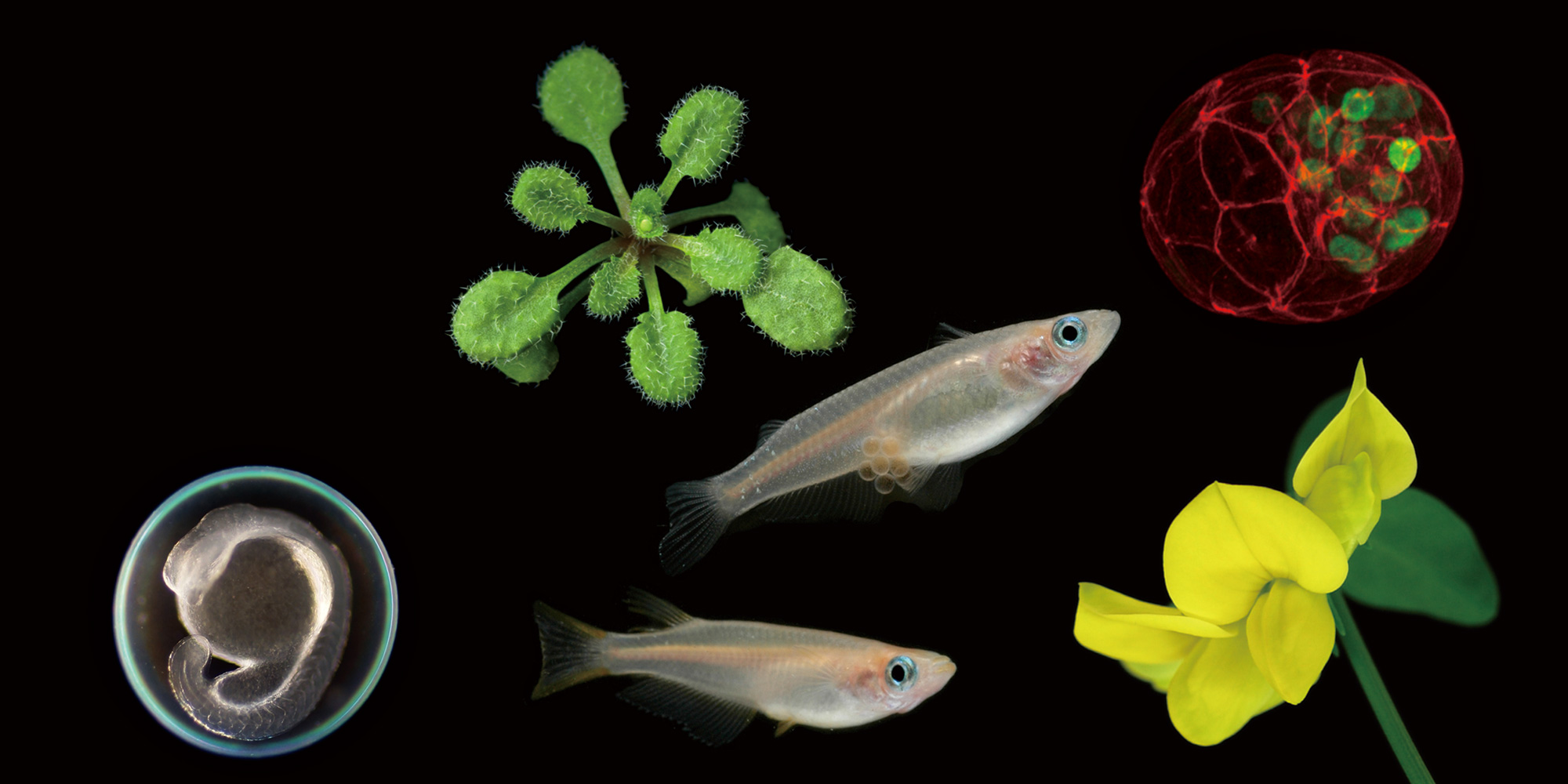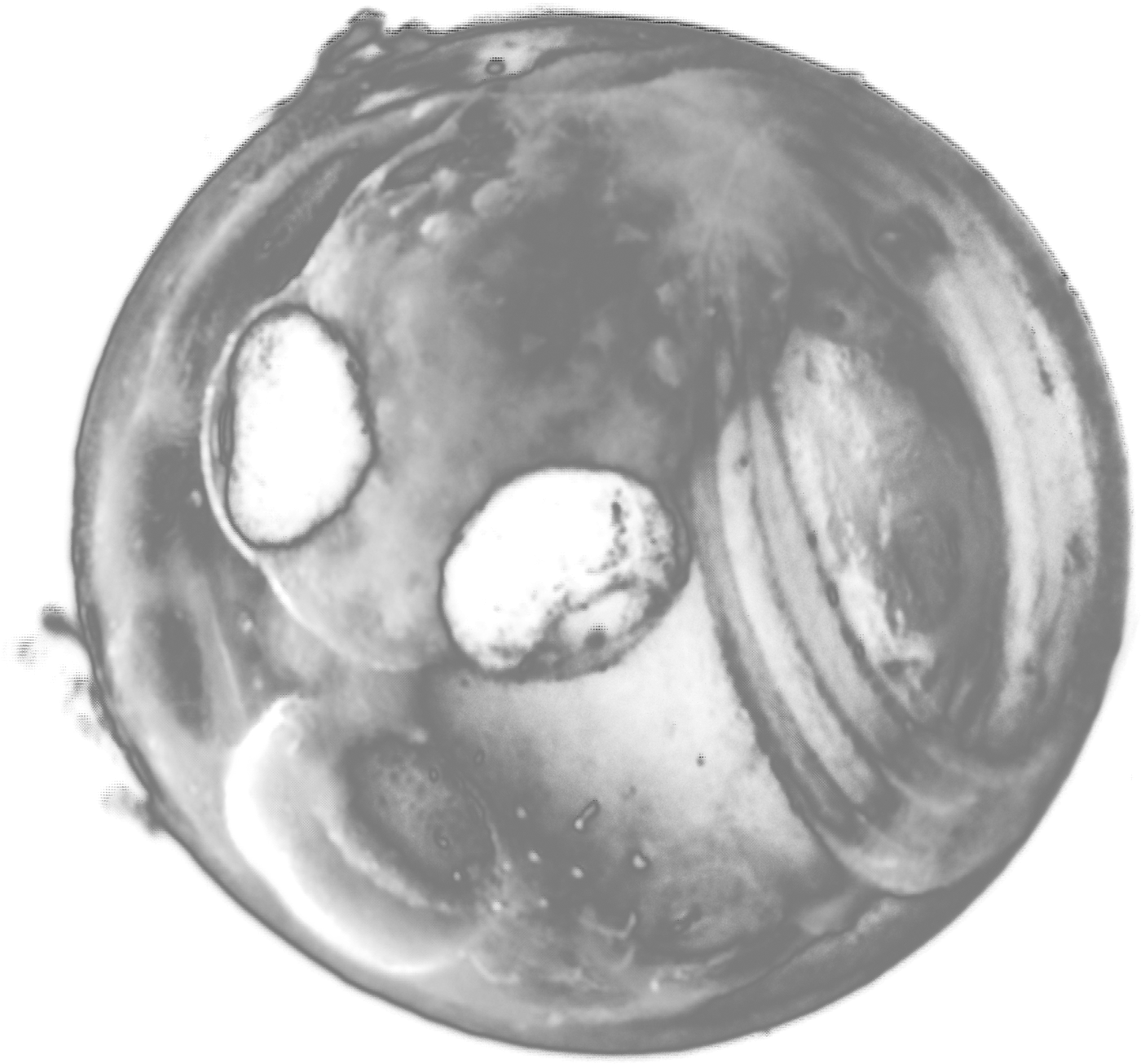2016.08.24 Open Seminar
Cone photoreceptor specification and patterning in the zebrafish retina
Dr. Sachihiro SUZUKI (Okinawa Institute of Science and Technology Graduate University)
2016年08月24日(水) 17:00 より 18:00 まで
明大寺地区1階 会議室 (111)
バイオリソース研究室 竹花 佑介(7579)
The 9th NIBB International Practical Course
The 4th NIBB-TLL Joint International Practical Course
Open Seminar
Cone photoreceptor specification and patterning in the zebrafish retina
Color vision is initiated by capturing photons by cone photoreceptors (cone) in the retina. To accomplish functioning color vision, it is prerequisite for each species not only to generate multiple types of cones that exhibit the maximum sensitivity to a different wavelength of light, but also to arrange cones into a species-specific manner. Interestingly, in the teleost fish retina, cones are aligned in a precise geometric pattern, namely cone mosaics in which positioning and ratios of individual cone types are strictly determined. Although theoretical approaches have proposed the potential mechanisms underlying the formation of cone mosaic, little is known about its actual molecular and cellular mechanisms. Zebrafish have four cone photoreceptor types: red (R-), green (G-), blue (B-) and UV-light sensitive cones. Our previous study revealed that each type of cones is produced by symmetric terminal divisions of its dedicated precursors in the larval retina. Especially, R-cones are produced by cone precursors expressing a fluorescent protein under the promoter of thyroid hormone receptor beta2 (thrb), a nuclear hormone receptor family transcription factor. Furthermore, loss- and gain-of-function of thrb showed that thrb expression in cone precursors is essential and sufficient for the generation of R-cone. To investigate the role of thrb in the postmetamorphic retina, we generated the thrb mutant fish by CRISPR/Cas9 system. We found that R-cones were not generated in the thrb mutant. Interestingly, without R-cones, cone type ratios among other cone types were not affected. Moreover, other cone types still formed a relatively regular lattice pattern. Based on these observations, I will discuss how cell-cell interactions among different cone types contribute to establish the precise array of cone photoreceptors.
Reference:
1. S. C. Suzuki et al., (2013) PNAS. 110, 15109-15114.







